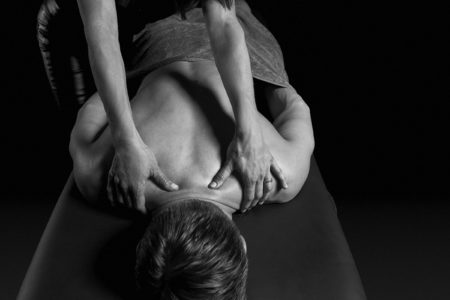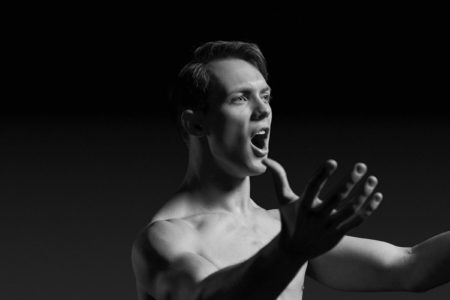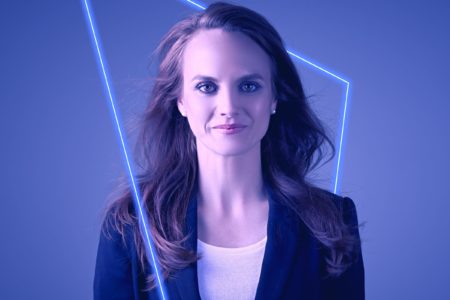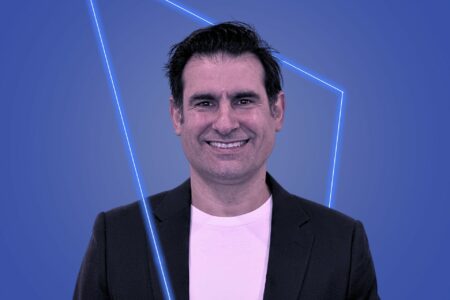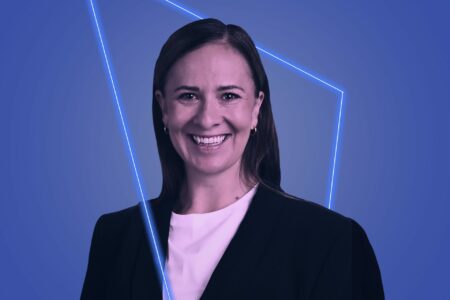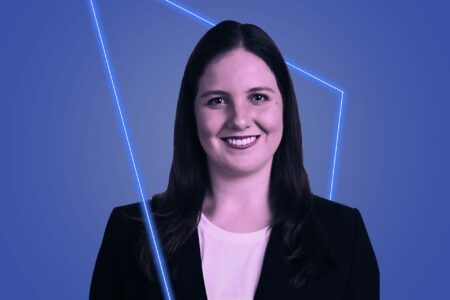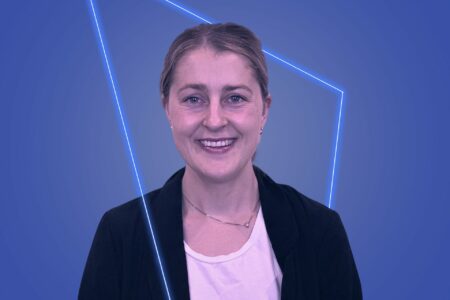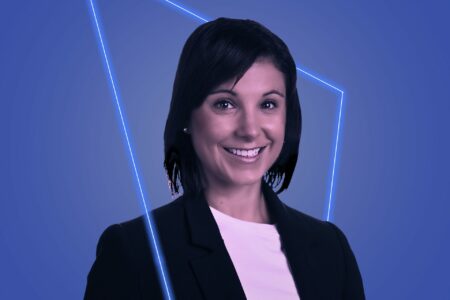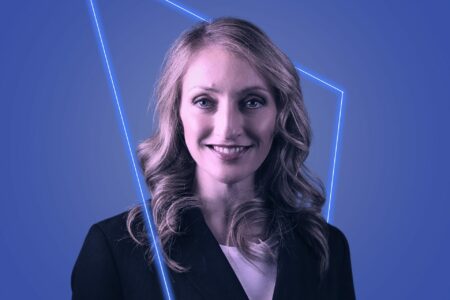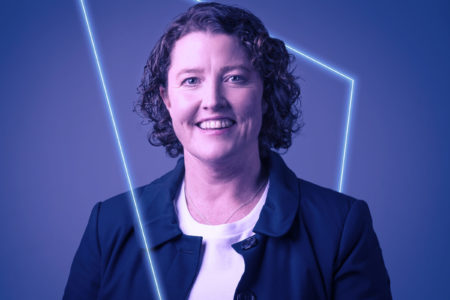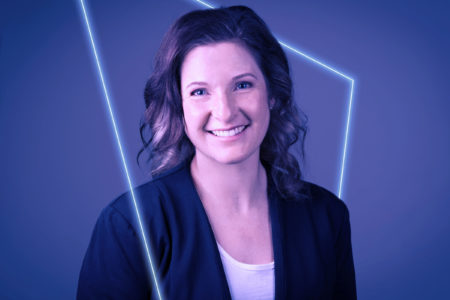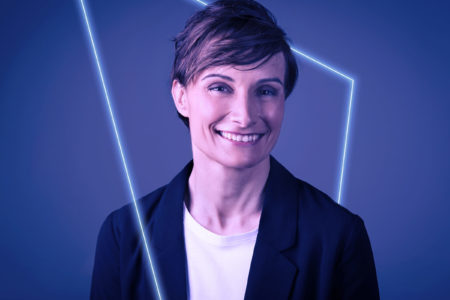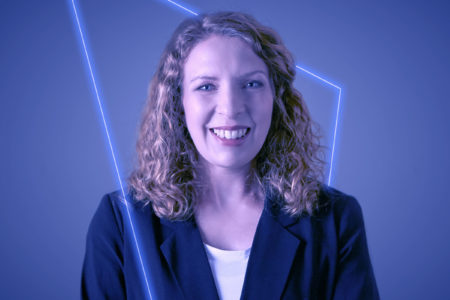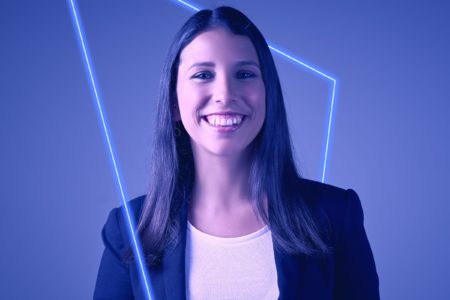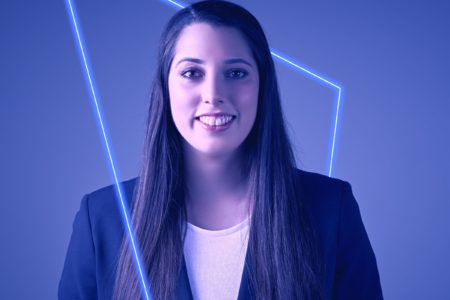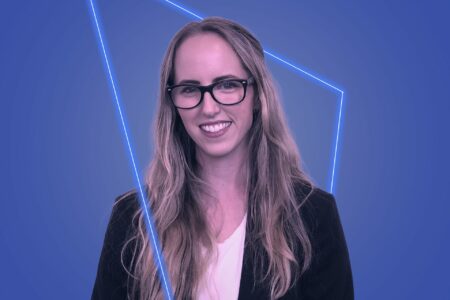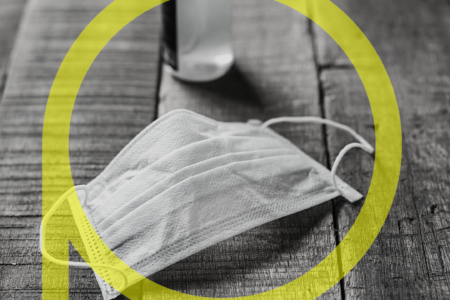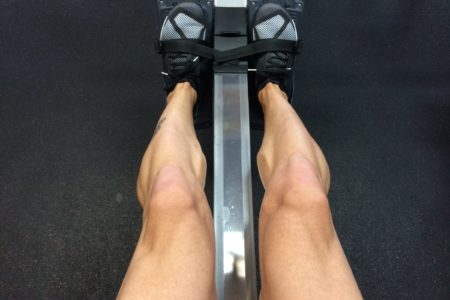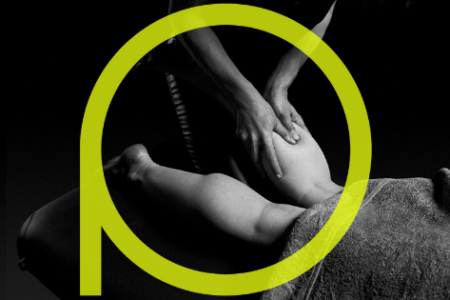Suite 3, Ground Floor, The Gateway,
312 St Kilda Road, Southbank, VIC, 3006
Jaw Pain
The jaw (temporomandibular joint) has many structures that help us smile, chew and use our mouth. The joint itself is made up of the bony parts of our jaw bone (mandible) and temporal bone, a disc and a joint capsule. The joint is supported by muscles and fascia and some of these tissues attach into the capsule and disc of the TM joint. If the muscles and joints are not working together, it can cause a number of issues including;
- Lock Jaw
- Jaw clicking
- TMJ Pain
Jaw Clicking
If the muscles and joint aren’t working together well there can be movement of the disc which may create a clicking sound or clicking sensation. A clicking sound may also be related to muscular tension and structures rubbing against each other. A click that is non painful and that is normal for you, may not actually be an issue and can be managed very well with a home program.
Physiotherapy can provide an assessment to see which structures are creating this click and will provide manual therapy to your jaw and neck in conjunction with a retraining program.
TMJ Pain – Temporomandibular Joint Pain
TMJ pain or TMD (Temporomandibular dysfunction) is present in 10% of the Australian adult population. TMJ pain and orofacial pain can be debilitating as clicking, locking, loss of range, pain, clenching or grinding and headaches restrict mouth and facial movements hampering our ability to eat, smile and communicate. It is not uncommon for patients to experience neck pain in addition to their jaw pain. A musculoskeletal physiotherapist has professional experience to effectively assess and treat TMJ pain. Physiotherapy TMJ treatment involves muscle techniques to those around the jaw and face, joint mobilisations of the jaw and cervical spine. Mobilisations of the jaw may also involve treatment inside the mouth so don’t be surprised if your physiotherapist puts some gloves on!
Lock Jaw
A lock jaw is an experience where you may find yourself where to find that your mouth is either stuck open, or stuck closed. This can be uncomfortable and can be caused by either muscular dysfunction or the disc in your jaw being in a position that doesn’t allow the jaw to close (or open). You may require treatment to assist you.
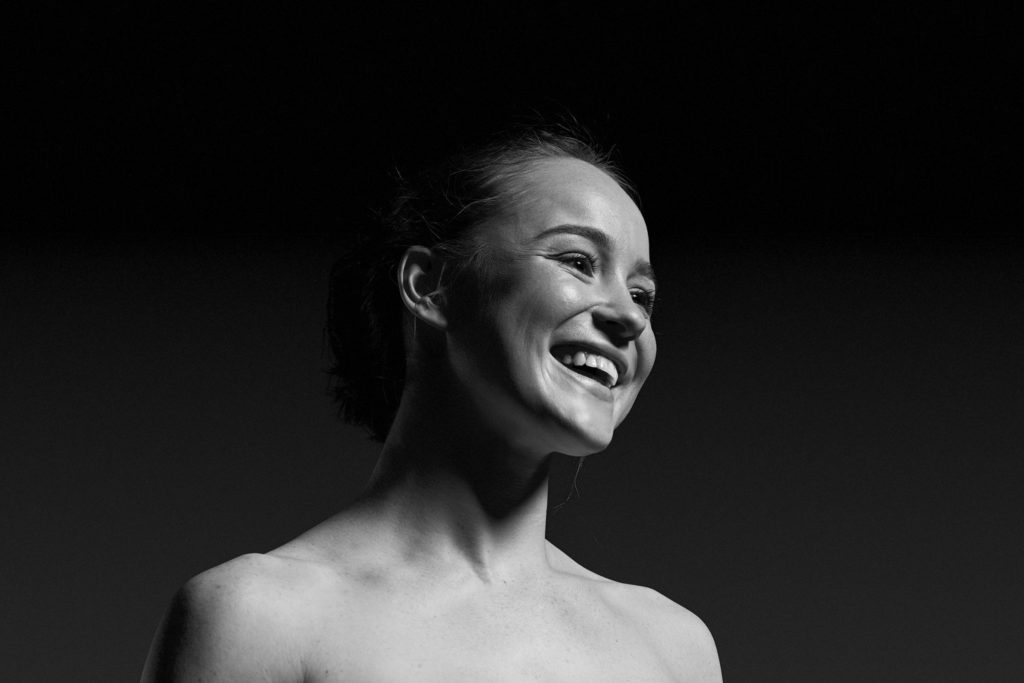
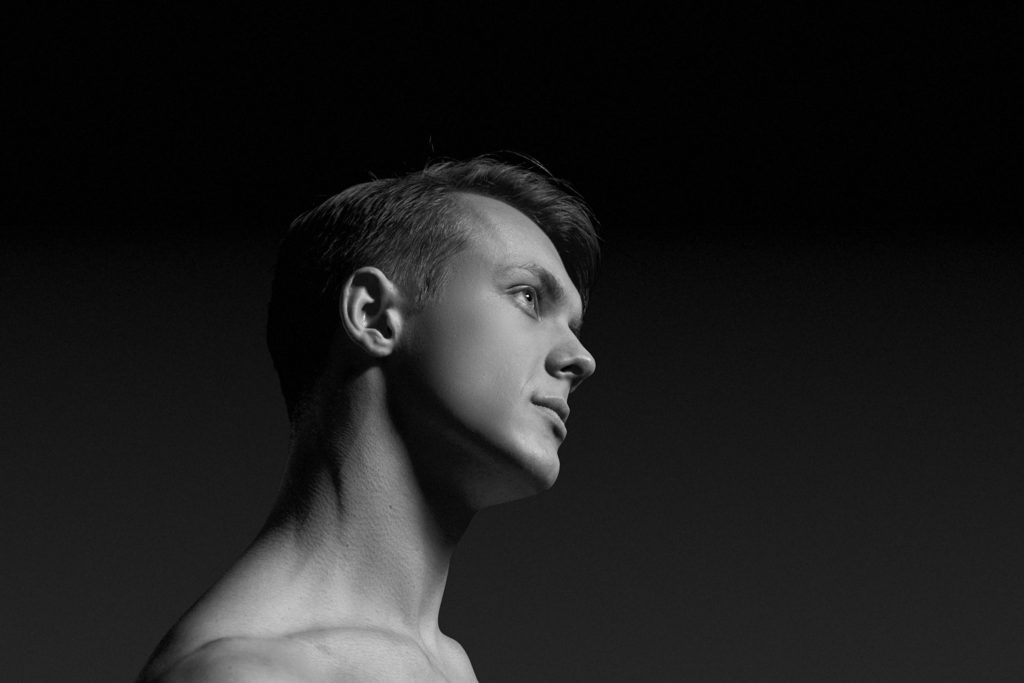
Related Practitioners
Rhea Torres (she/her)
Physiotherapist - DPT. BNSc. BSc.
Annie Strauch (she/her)
Managing Director - Titled Physiotherapist - MACP
Nino La Scala
Titled Physiotherapist
Letitia Reus (she/her)
Physiotherapist - APAM
Elissa Petesic (she/her)
Physiotherapist - APAM
Emily McLean (she/her)
Physiotherapist - B.Physio Adv. (Hons), Masters of Sport Physio
Stephanie Zamoyski (she/her)
Senior Physiotherapist - B..HthSci & M.Phty
Maria Anagnostou (she/her)
Clinical Director Sydney - Titled Physiotherapist, MACP
Zeba Haroon (she/her)
Physiotherapist
Chris Minto (she/her)
Senior Physiotherapist
Dr Brea Kunstler
Physiotherapist & Run Coach
Polly Dhar (she/her)
Senior Physiotherapist - APAM
Nicole Reynolds (she/her)
Senior Physiotherapist - APAM
Stacey Kipouridis (she/her)
Physiotherapist - APAM
Catherine Etty-Leal (she/her)
Clinical Director Melbourne - Titled Physiotherapist, MACP
Elise McMahon (she/her)
Physiotherapist

